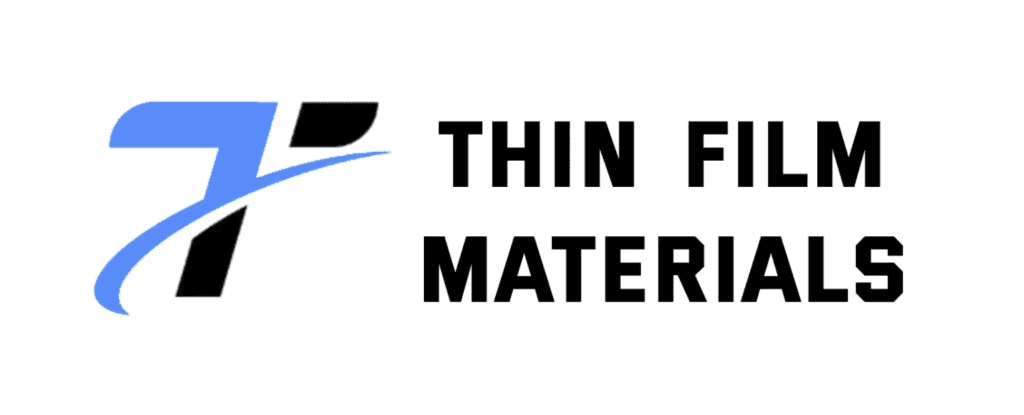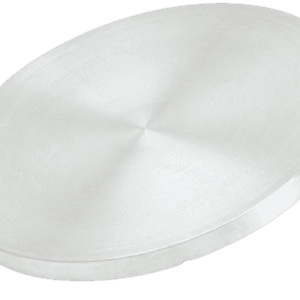Tellurium Dioxide Sputtering Target
Introduction
Tellurium Dioxide Sputtering Target (TeO₂) is a high-purity oxide material primarily used for optical coatings, acousto-optic devices, and semiconductor applications. Owing to its excellent transparency in the visible and infrared range, high refractive index, and stable sputtering behavior, TeO₂ has become an important material for producing advanced optical films and functional thin layers in photonic and microelectronic systems.
Detailed Description
Tellurium Dioxide is a crystalline oxide of tellurium, typically existing in the tetragonal phase with strong birefringence and acousto-optic properties. When used as a sputtering target, TeO₂ produces films that exhibit high optical clarity, low absorption, and good environmental durability.
Our TeO₂ targets are manufactured from high-purity tellurium oxide powder (up to 99.99%) and processed by vacuum sintering or hot pressing, ensuring uniform density, fine microstructure, and minimal contamination.
Key characteristics include:
High optical quality: Produces clear, low-defect films with precise refractive control.
Excellent thermal and chemical stability: Maintains structure during sputtering at elevated temperatures.
Good mechanical strength: Reduces cracking and particle release under magnetron sputtering.
High density and purity: Ensures consistent film thickness and composition control.
Custom configurations: Available as planar or step targets, with optional copper or titanium backing plates for improved heat dissipation.
Applications
Tellurium Dioxide Sputtering Targets are widely used in:
Acousto-optic devices: Such as modulators, deflectors, and tunable filters.
Optical coatings: High-refractive-index layers in infrared and visible optical systems.
Semiconductor thin films: Used in dielectric and sensor coatings.
Photonic devices: Optical waveguides and polarization control films.
Research and development: Thin film studies in material science and optical engineering.
Technical Parameters
| Parameter | Typical Value / Range | Importance |
|---|---|---|
| Chemical Formula | TeO₂ | Defines the stoichiometric oxide composition |
| Purity | 99.9% – 99.99% | High purity ensures optical clarity and stable sputtering |
| Density | 5.99 g/cm³ | Affects film deposition rate and uniformity |
| Melting Point | 733 °C | Determines suitable sputtering temperature |
| Form | Planar / Step / Rotary | Fits various sputtering systems |
| Diameter | 25 – 300 mm (custom) | Matches different target holders |
| Thickness | 3 – 6 mm | Influences sputtering time and rate |
| Backing Plate | Copper / Titanium | Improves heat dissipation and bonding stability |
Comparison with Related Materials
| Material | Key Advantage | Typical Application |
|---|---|---|
| Tellurium Dioxide (TeO₂) | High refractive index, acousto-optic properties | Optical and photonic coatings |
| Silicon Dioxide (SiO₂) | High transparency, low refractive index | Dielectric and optical coatings |
| Zinc Oxide (ZnO) | Conductive and transparent | Semiconductor and display coatings |
FAQ
| Question | Answer |
|---|---|
| Can TeO₂ targets be customized? | Yes. We can supply customized diameters, thicknesses, and bonded backing plates. |
| Which sputtering systems are compatible? | Suitable for DC, RF, and magnetron sputtering systems. |
| What purity levels are available? | Standard purities are 99.9% and 99.99%, with higher grades available upon request. |
| What are the typical film properties? | TeO₂ films exhibit high refractive index (~2.3 at 632 nm) and excellent optical transmission. |
| Is it moisture sensitive? | Moderately; targets are vacuum-sealed to prevent surface degradation. |
| How is the product packaged? | Vacuum-sealed with anti-static protection, cushioned in export-safe wooden or carton crates. |
| What industries commonly use it? | Optics, photonics, semiconductor manufacturing, and R&D. |
Packaging
Each Tellurium Dioxide Sputtering Target is vacuum-sealed and moisture-protected to prevent oxidation and contamination. Packaging includes foam cushioning and anti-static materials, ensuring safe international transport. Labels include purity, dimensions, lot number, and manufacturing batch for full traceability.
Conclusion
Tellurium Dioxide Sputtering Targets provide exceptional optical and acousto-optic performance, making them essential for high-precision coating and photonic applications. Their purity, stability, and customizable specifications enable consistent results in both research and industrial thin-film production.
For detailed specifications or to request a quotation, please contact us at [sales@thinfilmmaterials.com].





Reviews
There are no reviews yet.